Sunflowers brighten any garden. They are easy and fun to grow.
Planting sunflower seeds is a rewarding experience for both beginners and seasoned gardeners. These vibrant flowers not only add beauty to your space but also attract bees and birds. Sunflowers come in different sizes and colors, making them a versatile choice for any garden.
Understanding the best way to plant sunflower seeds ensures that your plants thrive and reach their full potential. In this guide, we’ll explore key tips and techniques for planting sunflower seeds successfully. You’ll learn about the ideal soil conditions, watering practices, and other essential factors. Get ready to enjoy a garden full of these stunning, sun-loving blooms!
Choosing The Right Seeds
Choosing the right sunflower seeds ensures healthy plants. Plant in well-drained soil with plenty of sunlight. Water regularly for best growth.
Types Of Sunflower Seeds
There are two main types of sunflower seeds: oilseed and non-oilseed. Oilseed sunflowers are used for cooking oil. Non-oilseed sunflowers are used for snacks. Choose the type based on your goal. For gardening, non-oilseed types are popular. They grow tall and have big flowers. Oilseed types are smaller but grow quickly. Both types need full sun and well-drained soil. Check the packet for growing instructions. Choose seeds that are easy to grow. Look for disease-resistant types. This helps your sunflowers stay healthy.
Where To Buy
You can buy sunflower seeds from many places. Garden centers sell good quality seeds. Online stores have many options too. Look for trusted brands. Farmers’ markets also sell seeds. Ask the seller for advice. They can help you choose the best type. Some schools and community groups also sell seeds. This supports local projects. Buy seeds early in the season. This gives you time to prepare your garden.
Preparing The Soil
Preparing the soil is key to planting sunflower seeds. Ensure it is loose, well-drained, and rich in nutrients. Proper soil preparation helps sunflowers thrive and grow tall.
Soil Requirements
Sunflowers need well-drained soil. Soil should be loamy for best growth. Sandy soil is also good. Avoid clay soil as it holds too much water. pH level should be between 6.0 to 7.5. Soil should be rich in organic matter.
Testing And Amending Soil
Test soil using a soil test kit. Check for nutrient levels and pH balance. Add compost if soil lacks nutrients. Lime can raise pH levels. Sulfur can lower pH levels. Mix amendments well into the soil. Ensure soil is loose and crumbly before planting.
Planting Time
Plant sunflower seeds in well-drained soil and full sunlight. Space seeds 6 inches apart for optimal growth. Water regularly but avoid overwatering.
Best Season To Plant
Sunflower seeds grow best in spring. The soil should be warm. At least 50°F. Planting in late spring is ideal. This avoids frost. Frost can kill young plants. Warmer soil helps seeds sprout faster. Spring rains also help. They keep the soil moist. Moist soil is good for seeds.
Ideal Weather Conditions
Sunflowers need full sun. They should get 6-8 hours of sun daily. They like warm weather. Temperatures between 70°F to 78°F are best. Too much cold or heat can harm them. Avoid planting in shady areas. Shade can stunt growth. Make sure the area is sunny. This helps the plants grow strong and tall.

Credit: www.kidsdogardening.com
Sowing The Seeds
For proper growth, plant sunflower seeds in well-drained soil. Ensure the soil is rich in nutrients. It is best to plant seeds in early spring. This allows them to grow during warm months. Sunflowers thrive in full sunlight. Choose a sunny spot in your garden.
Spacing And Depth
Place seeds 1 inch deep in the soil. Maintain a gap of 6 inches between each seed. This spacing helps sunflowers grow tall and strong. If planting in rows, keep rows 30 inches apart. Proper spacing prevents overcrowding. It also helps in better air circulation.
Watering After Planting
Water the soil immediately after planting. Ensure the soil is moist, but not soggy. Avoid overwatering, as it can rot the seeds. Check the soil regularly. Water when the top 1 inch feels dry. Consistent watering helps seeds germinate. It also supports healthy growth.
Caring For Seedlings
Sunflower seedlings need a lot of sunlight. Place them in a sunny spot. They need at least six hours of sunlight each day. Without enough light, they will not grow well. Keep an eye on them to ensure they are getting enough light. If they look weak, move them to a sunnier spot.
Water sunflower seedlings regularly. Keep the soil moist but not soggy. Water them every few days. Check the soil before watering. If the soil is dry, give them water. If it is still wet, wait a day. Do not overwater them. Too much water can harm them. Consistent watering helps them grow strong.
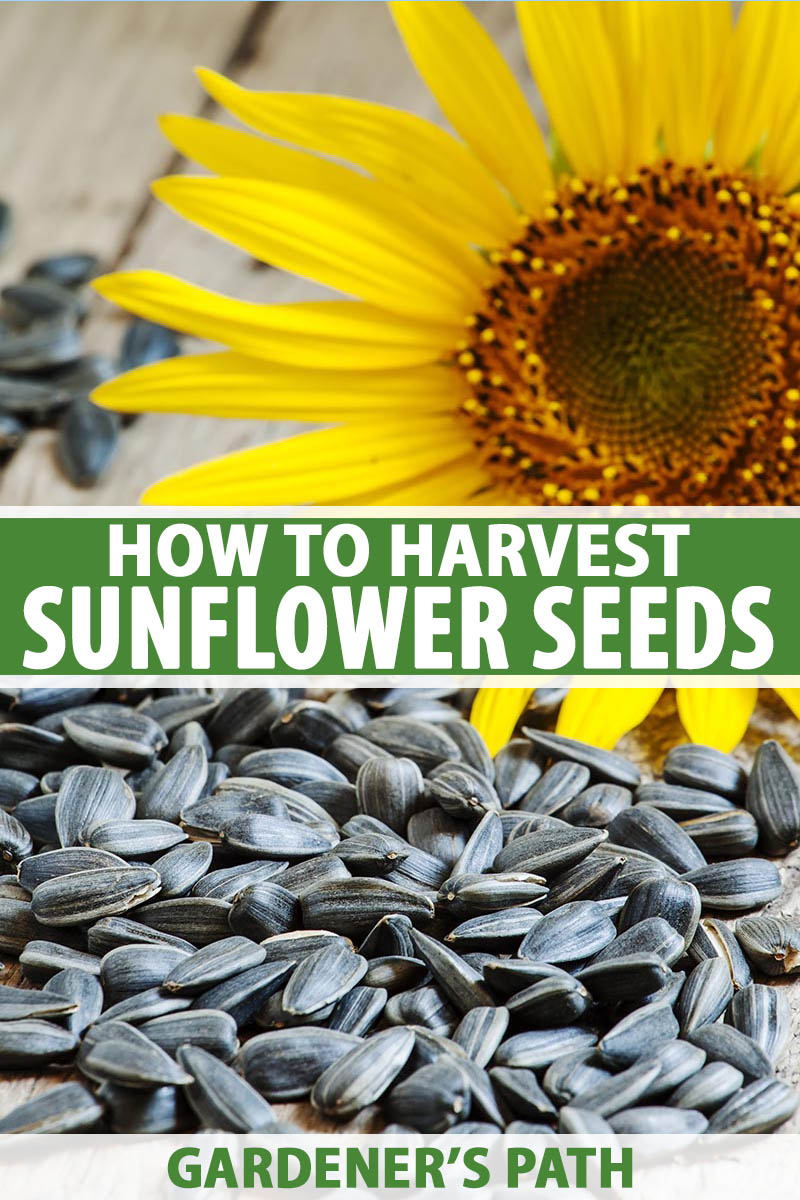
Credit: gardenerspath.com
Fertilizing Tips
Plant sunflower seeds in well-drained soil under full sunlight. Keep the soil moist until the seeds sprout. Use a balanced fertilizer for optimal growth.
Choosing The Right Fertilizer
Sunflowers need nutrient-rich soil to grow strong. Choose a balanced fertilizer with equal parts nitrogen, phosphorus, and potassium. These help the plant grow big and healthy. Look for a 10-10-10 or 20-20-20 fertilizer. This means it has equal nutrients.
When And How To Apply
Apply fertilizer before planting. Mix it into the soil. Use a shovel or hoe to blend it well. After planting, add more fertilizer every four weeks. Don’t use too much. Too much can harm the plants. Follow the instructions on the package.
Dealing With Pests
Sunflowers attract pests like aphids, beetles, and caterpillars. Aphids are tiny bugs that suck plant juices. Beetles chew on leaves and stems. Caterpillars eat the sunflower’s leaves. These pests can harm your plants.
Birds also like sunflower seeds. They can eat your seeds before they grow. Keep an eye out for these common pests. Protect your plants from damage.
Use natural methods to control pests. Planting marigolds near sunflowers can help. Marigolds repel many insects. You can also use neem oil. Spray it on the plants. It keeps pests away.
Another method is using a strong water spray. This knocks off aphids and other small pests. Encourage helpful insects like ladybugs. They eat many harmful pests. These natural ways help keep your plants safe.
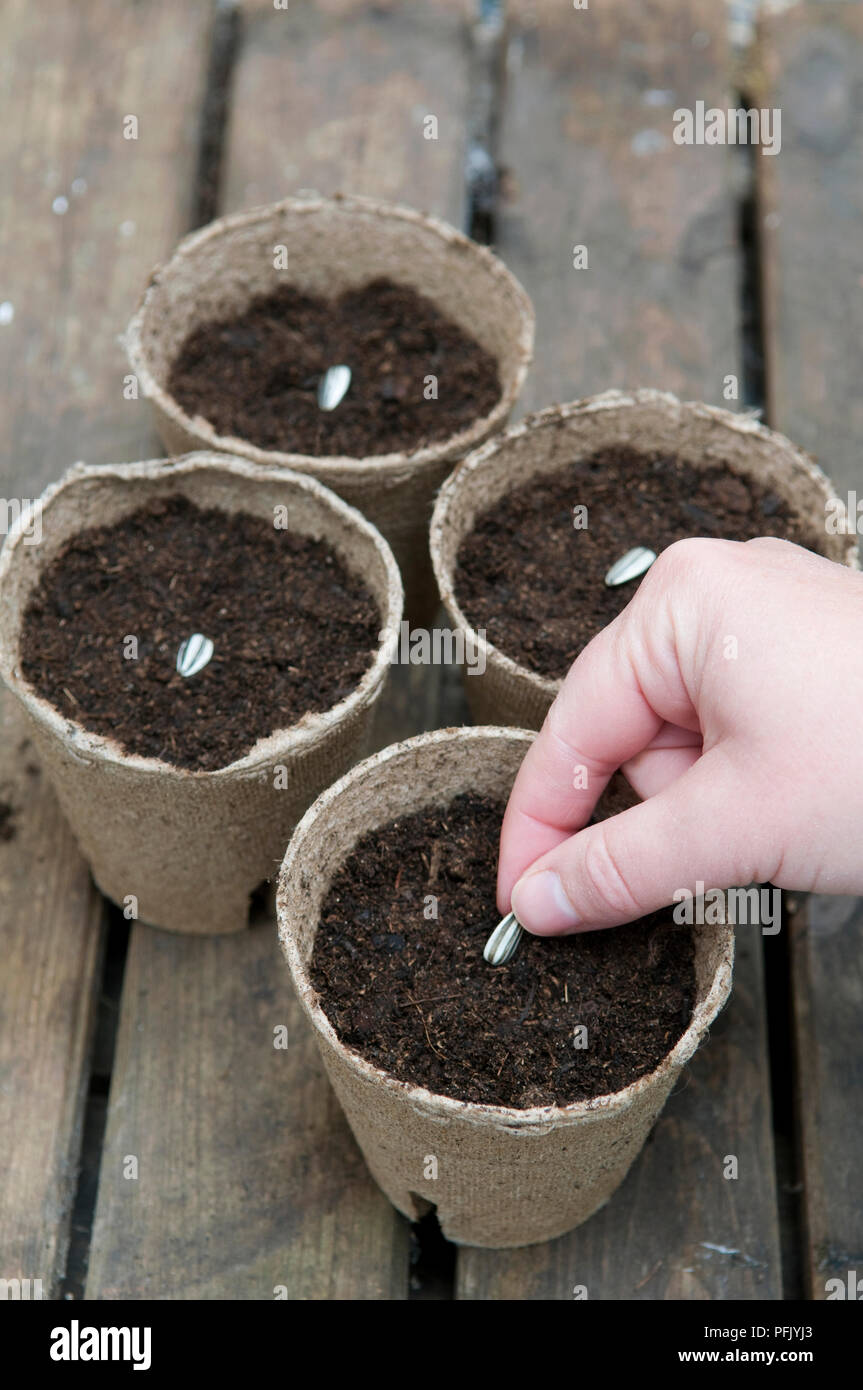
Credit: www.alamy.com
Harvesting Sunflowers
Sunflowers are ready to harvest when the back of the flower turns brown. The petals will also start to fall off. Check the seeds. They should be plump and striped. The best time is on a dry, sunny day. This way, the seeds will be dry and easy to store. Do not wait too long. Birds may start eating the seeds.
Cut the flower head with a few inches of stem. Hang it upside down in a cool, dry place. Use a paper bag to cover the flower head. This catches any falling seeds. When dry, rub the seeds off with your hand. Store seeds in an airtight container. Keep them in a cool, dark place. This keeps them fresh for planting next year.
Frequently Asked Questions
When Is The Best Time To Plant Sunflower Seeds?
The best time to plant sunflower seeds is in late spring. Ensure the soil temperature is at least 50°F.
How Deep Should Sunflower Seeds Be Planted?
Sunflower seeds should be planted 1 to 2 inches deep. Space them about 6 inches apart for optimal growth.
What Type Of Soil Is Best For Sunflowers?
Sunflowers thrive in well-drained, loamy soil. They prefer soil with a pH level of 6. 0 to 7. 5.
How Often Should I Water Sunflower Seeds?
Water sunflower seeds regularly until they germinate. After that, water them once a week, ensuring the soil stays moist.
Conclusion
Sunflowers add beauty and joy to any garden. Planting them is simple and fun. Follow the steps carefully, and you will see amazing results. Choose a sunny spot, prepare the soil, and plant the seeds. Water regularly, but do not overwater.
Watch your sunflowers grow tall and strong. Enjoy their bright, cheerful blooms all season long. Happy gardening!

My mission is to help you bring the beauty of nature indoors with expert advice, detailed plant care guides, and creative design ideas.

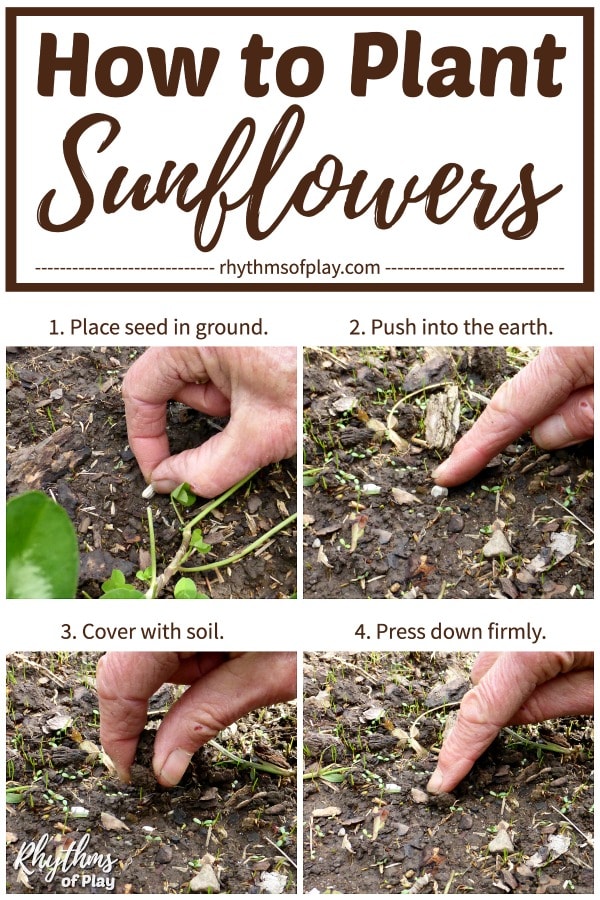
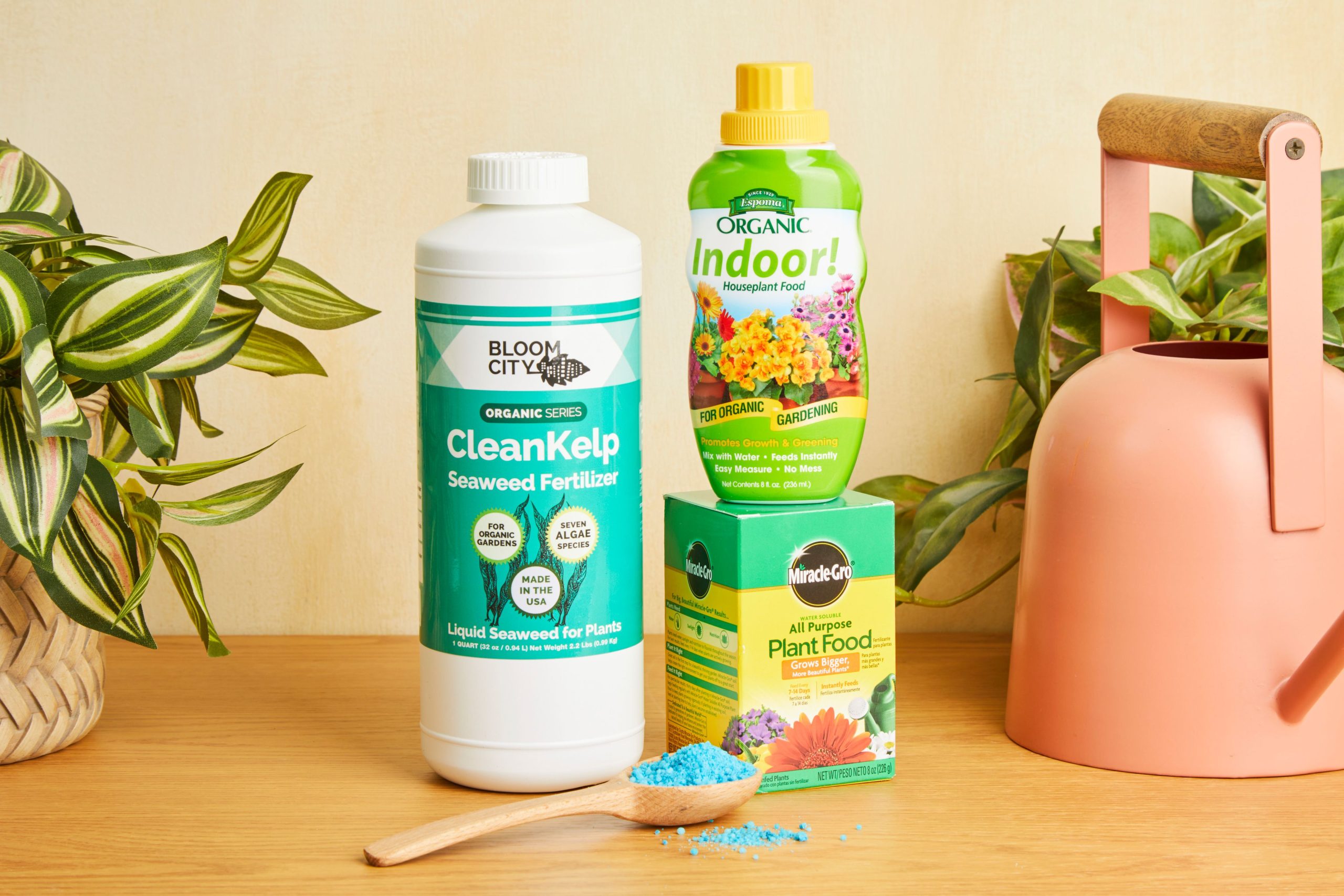

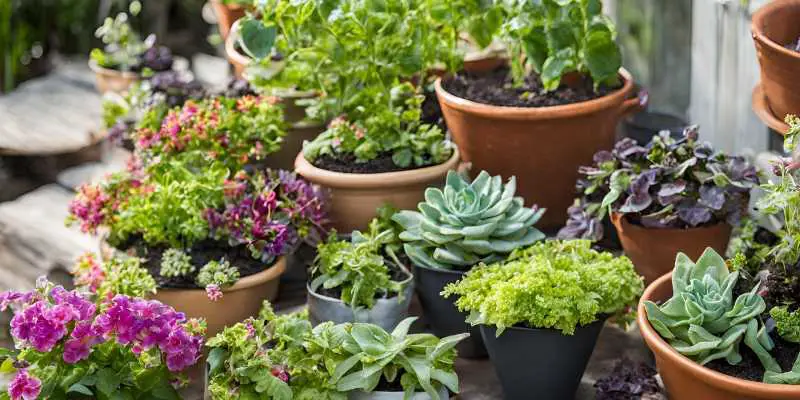
Leave a Reply